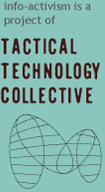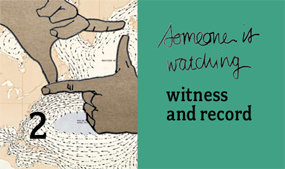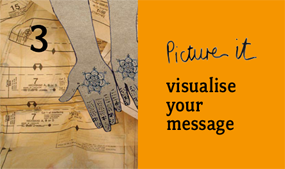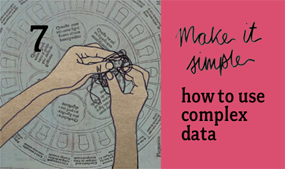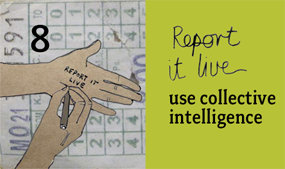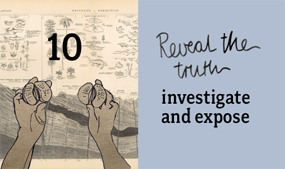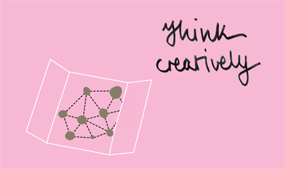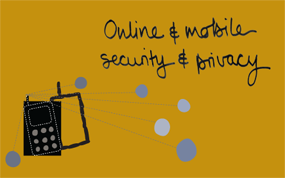|

FEATURED TOOL
Mix your own ringtone and raise awareness using humour
If you want to draw attention to comments made by a politician or public figure, you can edit these from a radio or television broadcast and re-mix this with music to make your own ringtone. Audacity is a free and open source software that will help you to do this. It is easy to use and it allows you to make new and mix multiple recordings together. For detailed instructions on how to make your own ringtone see the Audacity Wiki. You can share your ringtone on your website and on popular ringtone sharing sites like phonezoo to help them spread further.
|
TIPS
ALAA, OPEN SOURCE DEVELOPER AND TECHNOLOGIST, ON HUMOUR AND VIRAL MESSAGING:
"In Egypt we have had a dictatorial regime for 25 years. If I get a joke about my President and forward it to 10 of my friends and each of them forwards it their friends, the joke might get modified on the way, but it is spreading virally and very quickly."
ADVOCATE IN BELARUS, ON THE LIMITATIONS OF THE INTERNET:
"The flash mobs in Belarus weren’t very popular in all regions, because they depended on the active online community, and internet penetration wasn’t that strong outside of the capital back then. But they were important because they showed fresh and creative thinking, and brought together a lot of the young people who likely never before participated in any political or civic actions."
SAMI GHARBIA, GLOBAL VOICES ON CHALLENGING POWER:
"Humour is the first step to break taboos and to fears. Making people laugh about dangerous stuff like dictatorship, repression, censorship is a first weapon against those fears…without beating fear you can not make any change. So humour is very effective."
|

